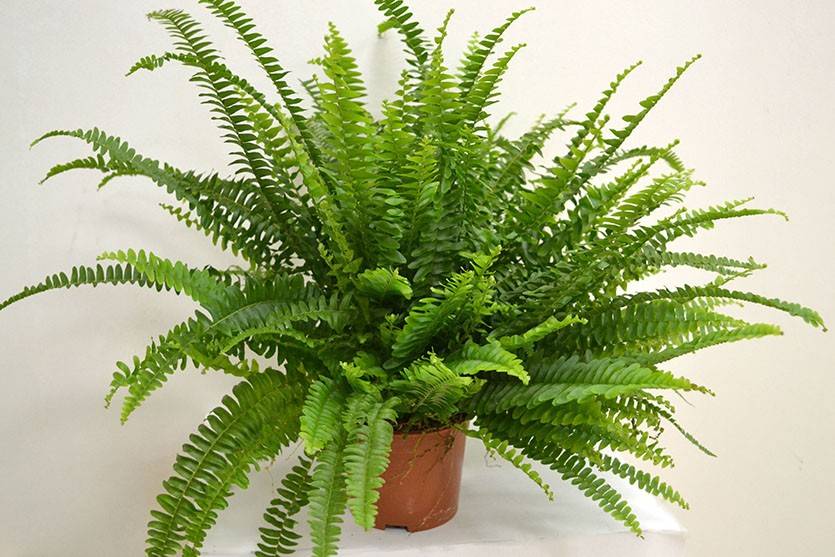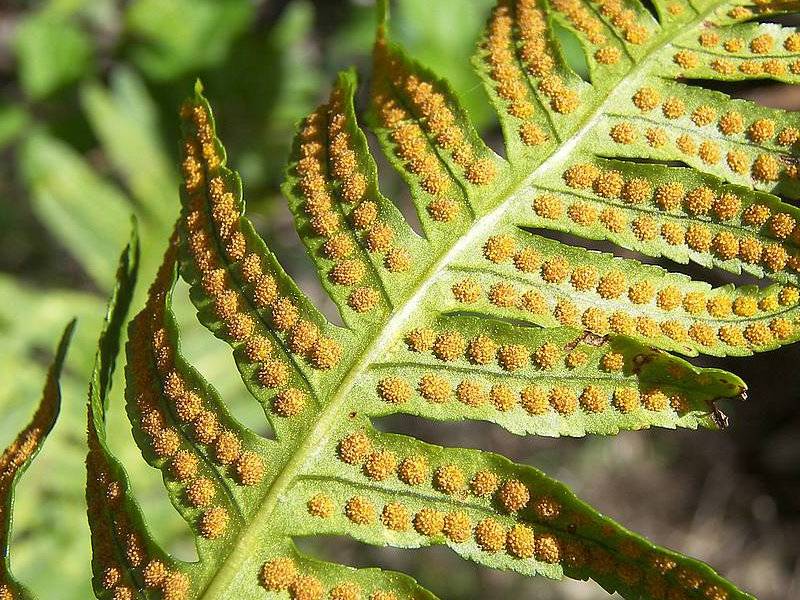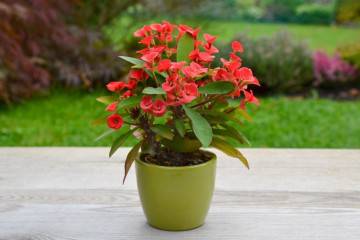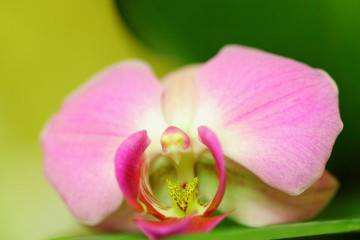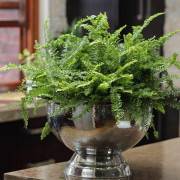Is it possible to keep a fern at home
Content:
Ferns are among the most ancient plant classes on Earth. There was a time when they reigned supreme over the entire planet. Probably, the exotic and unearthly species served as a basis for fears whether it is possible to keep the fern at home.
Is it possible to keep a fern at home: signs and superstitions
Many signs are popularly associated with the fern, sometimes diametrically opposite. This is due primarily to the long-standing neighborhood of man and this plant. Thus, in each locality in the course were their own beliefs about him.
Happy omens:
- central to superstition was the fact that the fern does not bloom at normal times, like other plants. It was believed that this event occurs only once a year on the night of Ivan Kupala. However, the flowers are picked by an unknown person, which is why they cannot be seen the next day;
- the one who nevertheless contrives and gets himself a fern flower must be prepared for what becomes invisible to the eyes of others. According to legend, such an ability can be obtained by eating this find of yours;
- another magical property attributed to a mysterious flowering plant is help in finding treasures and treasures;
- since ancient times, people have been convinced that the fern is able to scare away evil spirits. For this purpose, they tried to grow it near the house;
- it is believed that if you plant a fern at home, it will bring good luck to its owner, which will be in matters related to money: gambling, various lotteries, and the like;
- Many people call one of the most important properties of this herbaceous plant its ability to absorb negative energy and emit positive energy. As a kind of superstition - the absorption of harmful electromagnetic radiation, the source of which are electrical appliances. Therefore, you can often see how these ornamental plants are placed in offices near work computers;
- Another positive property of the fern stems from its ability to absorb bad energy. He is able to establish mutual understanding between people with different temperaments. In simple terms, it acts as a kind of buffer that neutralizes the harmful manifestations of each type of temperament. This is the main argument for those who are considering whether it is possible to plant a fern at home.
Negative signs and superstitions:
- paradoxically, but a fern can not only bring good luck, but also attract various misfortunes to the head of its unlucky owner, who hastily decided to plant it in his house;
- the fern is considered an energy vampire, meaning it sucks the life force out of people. For this purpose, it is not recommended to keep it near sick or people with poor health, pregnant women and children;
- a variation on the theme of vampirism can be considered a sign that having a fern at home is a sign of illness;
- if the leaves begin to wither, this does not mean that the plant needs to be looked after better - this is a sign of induced soil.
Why you can't keep a fern at home
However, all this superstition is an irrational fear of an unusual plant, which attributes extraordinary abilities to it. But what does science say? Is it possible to keep a fern in the apartment?
Indeed, some fern species are poisonous, although not in such a pronounced form as in the case of belladonna or some types of mushrooms. Several types of fern grow on the territory of Russia, which can be the cause of poisoning.
Common bracken is a fairly common plant in Russia that grows mainly in oak forests. It contains a special enzyme that breaks down vitamin B1, often also called thiamine. Thus, in a few weeks on such a diet, animals will experience vitamin deficiency.
Common bracken also contains carcinogens that can cause cancer of the gastrointestinal tract. Young shoots of Orlyak are traditionally eaten. This is especially developed in Japan, so there is an opinion that the increased incidence of stomach cancer in this nation is associated with eating ferns.
Male fern, or male fern, is found in shady deciduous forests, spruce and fir forests throughout the European part of Russia. In medicine, drugs are used, prepared from its rhizome, which have antihelminthic properties: they cause paralysis of the muscles of tapeworms, after which they are removed from the body with the help of laxatives.
The main danger seems to be just an overdose of such drugs, including those prepared and independently at home. The fact is that the substances included in the rhizomes of the thyme can negatively affect the central nervous system and the human heart. If you incorrectly calculate the amount of the drug for oral administration or use castor oil as a laxative, which enhances the absorption of the drug into the blood, you can get acute poisoning. As a result, convulsions, vomiting, and clouding of consciousness appear. Further, paralysis of the nervous system and heart may occur.
Negative impact on a person
Nevertheless, ferns have scientifically proven unconditional negative properties, which have become the reason for the development of various superstitions. Therefore, you should think twice if you can plant a street fern at home.
The fact is that these plants quite intensively absorb oxygen from the air and emit carbon dioxide. If the room is poorly ventilated, or a pot with a plant is located in the bedroom, a person may develop malaise, frequent headaches, and high fatigue. This is especially harmful for pregnant women and young children.
Another negative side of breeding a fern at home is the increased risk of developing allergies. The fact is that these plants reproduce in two ways: vegetatively, like most houseplants, and with the help of spores. The latter are clearly visible on the reverse side of the sheet. Floating in the air of an apartment, they can cause an allergic reaction in a person.
Therefore, it is more advisable to first weigh the pros and cons regarding the purchase of this plant, and then decide on the location of the fern in the house. First of all, children's rooms should be avoided so as not to harm the fragile health of the child. This is all the more justified in the modern era of widespread allergy in children to almost any irritant.
Further, you should not install pots with ferns in your bedroom, otherwise in the morning you can wake up with a headache and completely not rested.The best option is a kitchen or living room, in which a person spends much less time.
Is it possible to keep a fern in the country
To create an exotic corner on your personal plot, many types of fern are the best fit. As a rule, they are planted in shady and humid places. They do not require careful maintenance.
Although full of controversy, the fern deserves the title of one of the most beautiful ornamental plants. The aura of mysticism that surrounds it gives it additional charm to the spreading bushes at home or in the garden.

